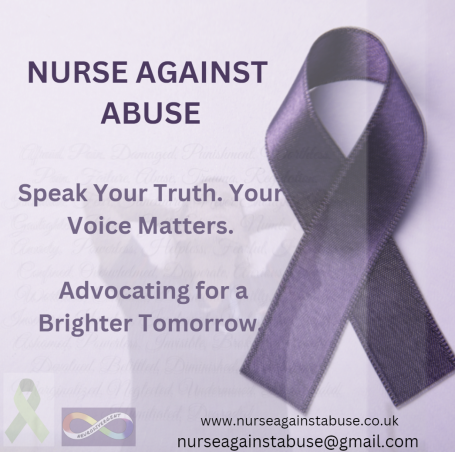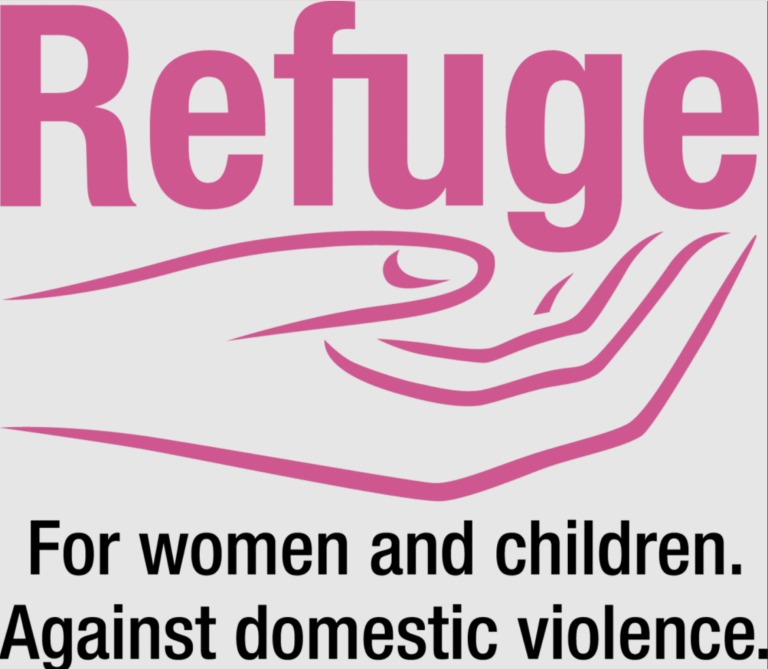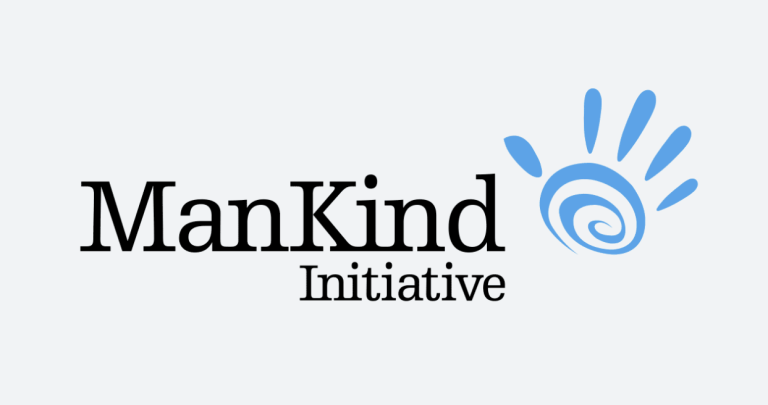Welcome to our Domestic Abuse Support and Resource Hub.
Domestic abuse is a serious issue that affects many individuals. According to Women's Aid, one in four women will experience domestic abuse in their lifetime (Women's Aid, 2024).
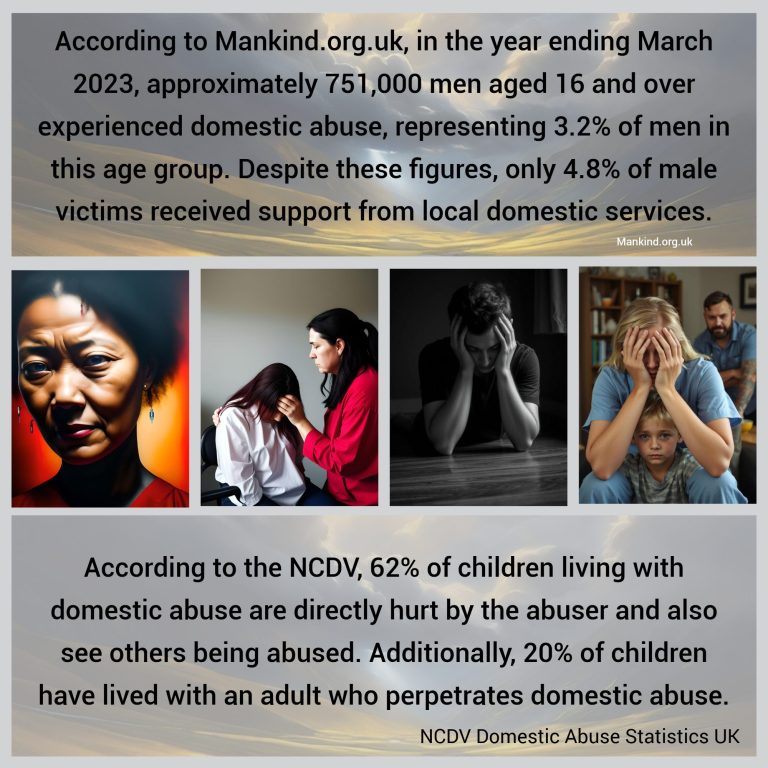
Adverse Childhood Experiences
Children who are victims of domestic abuse face severe emotional, psychological, and developmental challenges, including anxiety, depression, and behavioural issues. These struggles can affect their education, social interactions, and future relationships, potentially perpetuating the cycle of abuse.
How Domestic Abuse Affects Children
The NSPCC also offers guidance on recognising signs of abuse and provides support for parents, children, and young people to help them stay safe and recover from these traumatic experiences
Recognising Red Flags of Domestic Abuse
Learn why raising awareness is crucial for breaking the silence, educating the public, empowering survivors, preventing abuse, and driving policy changes. Together, we can make a significant difference in creating safer communities and supporting survivors. Watch now and join the cause!
The Silent Suffering in Family Court
Narcissistic abuse is a form of emotional and psychological manipulation that can leave victims feeling isolated, powerless, and misunderstood. One of the most insidious aspects of this abuse is the way narcissists employ victim shaming, continuation of abuse, and character assassination to maintain control over their victims. The impact on the mental health of the victims and their children is profound and long-lasting.
Support Organisations for Domestic Abuse Victims
Refuge, Women's Aid, and Mankind provide essential support services to victims of domestic abuse. They offer emergency accommodation, helplines, counselling, legal aid, and more, empowering victims to take control of their lives and seek safety.
Refuge is a UK charity supporting women and children facing domestic violence. They provide emergency accommodation, community outreach, a 24-hour helpline, and campaign for policy changes to raise awareness and create a safer society.
Women's Aid is a national charity dedicated to ending domestic abuse against women and children. They offer refuges, helplines, community support, campaign for policy changes, raise awareness, and train professionals to improve responses to domestic abuse.
Mankind is a UK charity that supports male victims of domestic abuse. They offer a confidential helpline, one-to-one support, and access to safe accommodation. Mankind also raises awareness about the issue of male domestic abuse and campaigns for better support and recognition for male victims.


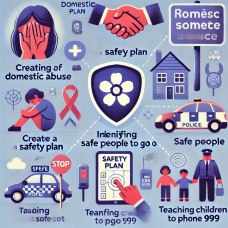


Physical Abuse:
- Hitting, slapping, punching, or any use of physical force against the victim.
Emotional/Psychological Abuse:
- Undermining the victim’s self-esteem, constant criticism, intimidation, and manipulation.
Sexual Abuse:
- Any non-consensual sexual act or behaviour.
Financial Abuse:
- Controlling the victim's access to financial resources, restricting their ability to work, or manipulating their economic independence.
Digital Abuse:
- Using technology to harass, stalk, or intimidate the victim.
Stalking:
- Persistent, unwanted attention and surveillance of the victim.
Gaslighting:
- Making the victim doubt their memory, perception, or sanity.
Coercive Control:
- A pattern of behaviour that seeks to remove the victim's liberty or freedom and strip away their sense of self.
Love Bombing:
- Overwhelming the victim with excessive affection and attention to manipulate and control them.
Children as Victims of Domestic Abuse:
- Children can be direct victims or witnesses of abuse, leading to emotional, psychological, and developmental harm.
These types of abuse often overlap and co-occur, creating complex and multifaceted situations for victims. Recognising these signs is essential in offering support and breaking the cycle of abuse.
Types of Domestic Abuse
Understanding the different forms of domestic abuse is crucial for recognising and addressing this serious issue.

Where it all began for the founder
Feeling isolated and misunderstood, I dedicated over six months to researching domestic abuse and its legislation. During this challenging time, my personal journal became my only source of therapy. When my voice was suppressed and those around me couldn’t understand my struggles, I found solace in writing. This page was created from my desire to offer the support I so desperately needed. Remember, you are not alone, and we are here for you.

Trauma Bonding: Exploring the Psychological Effects of Abuse - This article provides a comprehensive look at trauma bonding, its psychological impact on victims, and the stages of abuse that contribute to the formation of trauma bonds. It also discusses the importance of recognizing and addressing trauma bonds to break the cycle of abuse.

This blog post describes the author's journey to break free from a trauma bond, highlighting the moment they realised their own worth and the importance of prioritising their and their children's lives over enduring misery under oppressive rules
Patrick J. Carnes- Renowned expert in the field of trauma.

Founder of IITAP and Gentle Path Press, Carnes authored over twenty books, including "Out of the Shadows" and "The Betrayal Bond," significantly advancing addiction and trauma treatment.
For a detailed exploration of trauma bonds, you can read Patrick Carnes' article here.
Trauma Bonds and Love Bombing

Safety App's
Safety App Overview: Kulpra, Bright Sky, and Hollie Guard are safety apps for domestic abuse victims. Kulpa stores evidence securely for court use, Bright Sky offers advice, checklists, support directories, and a journal, while Hollie Guard turns your phone into a personal safety device with alerts, evidence recording, and location tracking.
Supporting Friends Through Domestic Abuse
This guide offers practical advice on supporting friends experiencing domestic abuse, emphasizing understanding, validation, reducing isolation, increasing safety, and providing emotional support. It also explores the cycle of abuse and trauma-informed approaches to effectively empower and support victims.
Safety Measures
Creating a personalised emergency plan is crucial for victims considering leaving an abusive relationship. The plan should include identifying safe areas, escape routes, contacts for immediate help, preparing an emergency bag, documenting abuse incidents, teaching children safety protocols, and ensuring access to finances. These steps increase the chances of escaping safely and rebuilding lives.

Protective Measures
Victims of domestic abuse often take discreet actions to protect themselves and their children, such as documenting incidents, keeping a hidden journal, and teaching safety protocols. These measures create a safer environment and prepare for emergencies without alerting the abuser.
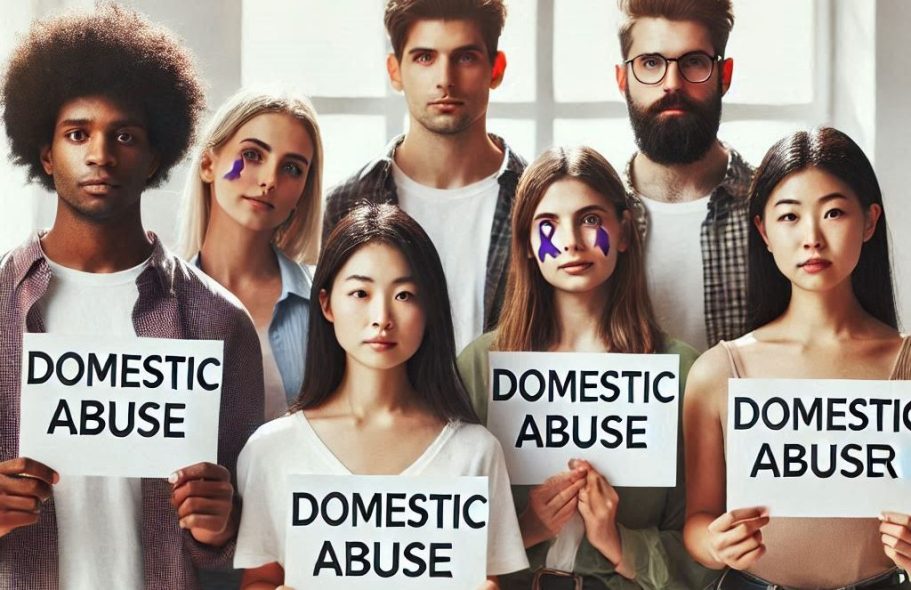
Breaking Stereotypes
It is essential to challenge and dispel the stereotypes that domestic abuse only affects certain groups of people. By highlighting stories of male victims, individuals from affluent backgrounds, and those in same-sex relationships, we can demonstrate that domestic abuse can happen to anyone, regardless of their background or circumstances.

Children of domestic abuse
The Domestic Abuse Act 2021 recognises children as victims if they witness or experience abuse. Police and agencies must adhere to this legislation to prevent further trauma. Proper training and awareness are crucial. Education programmes in schools, workplaces, and communities can inform people about domestic abuse, its signs, and impact. Raising awareness helps protect children and the resident parent, aiding in their escape and recovery, and breaking the cycle of abuse.
Legislation for Domestic Abuse Victims: Children and Individuals

The Children Act 1989 is a key UK legislation focusing on child welfare and protection. It outlines the responsibilities of local authorities, courts, parents, and agencies to safeguard children and promote their welfare. The Act emphasizes family care but allows intervention when necessary. Key aspects include defining parental responsibility, establishing child care court orders, and prioritizing the child's needs and best interests in all decisions.

This policy outlines the practice requirements for Cafcass Family Court Advisers (FCAs) and Children’s Guardians, emphasising the protection of child and adult victims of domestic abuse. It mandates using victims' words in court reports, avoiding terms like "claims" or "alleges." For parents under investigation or convicted of sexual or violent offences, the default recommendation is that the child should not spend time with them due to the significant risk of harm.

The C100 form is used to apply for a court order to make arrangements for a child or resolve disputes about their upbringing. This form is essential when parents or guardians cannot agree on child arrangements, such as where the child will live or how much time they will spend with each parent. It can also be used to apply for specific issue orders (e.g., decisions about the child's education or medical treatment) and prohibited steps orders (e.g., preventing a parent from taking the child abroad without consent).

The Domestic Abuse Practice Pathway assists practitioners in conducting evidence-based risk assessments focusing on the impact of domestic abuse on the child. It supports professional judgement and should be used in all cases where domestic abuse is a feature. The pathway is designed to ensure that the voice of the child is prioritised in family proceedings and that their lived experiences are understood and accurately represented in court.

Provides a framework for safeguarding children and ensuring their welfare. It places a duty on local authorities to investigate if they suspect a child is suffering or likely to suffer significant harm.

The government is reviewing the presumption of "parental involvement" to ensure that the right balance is struck between the risk of harm to children and victims and the right of the child to have a relationship with both parents

The CPS has updated its guidance to recognise children as victims of domestic abuse, regardless of whether they were present during violent incidents. This guidance ensures that the impact of domestic abuse on children is considered during the justice

Specific issue orders (e.g., decisions about the child's education or medical treatment) and prohibited steps orders (e.g., preventing a parent from taking the child abroad without consent).
Separate Building Entrances and Waiting Rooms: Family courts provide separate entrances and waiting rooms to protect victims from encountering their abusers, reducing intimidation and trauma.
Protective Screens: In courtrooms, protective screens shield victims from their abusers, allowing them to give evidence without fear.
Video Link Hearings: Victims can give evidence or participate in hearings via video link, reducing stress and anxiety associated with facing an abuser directly.
Intermediaries: Appointed intermediaries help victims who have difficulty communicating or expressing themselves, especially in trauma cases.
Support Persons: Victims can be accompanied by support persons, such as Independent Domestic Violence Advisers (IDVAs), in court.
This guidance provides a structured approach to risk assessment in cases of domestic abuse. It includes key practice guidelines for practitioners, such as planning, interviewing the parties, talking with the child, and using practice aids in the assessment. The guidance also covers topics like coercive and controlling behaviour, children’s experiences of coercive control, and working with trauma.
Domestic Abuse Protection Orders (DAPOs)
These orders can be issued by family courts to impose restrictions on abusers, such as exclusion zones and tagging. Breaching a DAPO is a criminal offence punishable by up to five years in prison
Judges have the power to issue barring orders to prevent abusive ex-partners from repeatedly dragging their victims back to court, which can be used as a form of continuing domestic abuse
These courts consider family and criminal matters in parallel to provide more consistent support for victims. This approach aims to reduce conflict and ensure all parties are safe and able to provide evidence on an equal footing.
A non-molestation order protects domestic abuse victims from harassment or harm by preventing the abuser from using or threatening violence, intimidating, harassing, pestering, or contacting the victim. Victims can apply if they are or were in a relationship with the abuser, are family members, or have lived together. The application requires completing the FL401 form and submitting it to the court. Breaching this order is a criminal offence, leading to arrest and legal action. The order usually lasts six to twelve months but can be extended if needed.
An occupation order determines who can live in the family home, often used in domestic abuse cases to ensure the victim's safety. It can prevent the abuser from living in or returning to the home or entering the surrounding area. Victims can apply by completing the FL401 form and submitting it to the court.

Escaping Abuse - The Truth About Phone Tracking
Discover why actual victims of abuse choose not to track their ex's phones and focus on healing. Learn about the futility of monitoring ex-partners and the importance of moving forward after escaping abusive relationships.

Finding Strength Amidst Chaos and Control
Sister Laura shares her struggle with contacting the police, navigating lies, and coping with psychological abuse while maintaining her nursing career. Despite dyslexia and neurodiversity challenges, she finds strength in her support system and journaling, reflecting on the loss of support from those she thought would protect her.

Finding Light in the Darkness
Discover Sister Laura's harrowing journey through the family court system, facing lies and dishonesty while coping with psychological abuse. Learn how she navigates the corruption, maintains her integrity, and fights to protect her children.
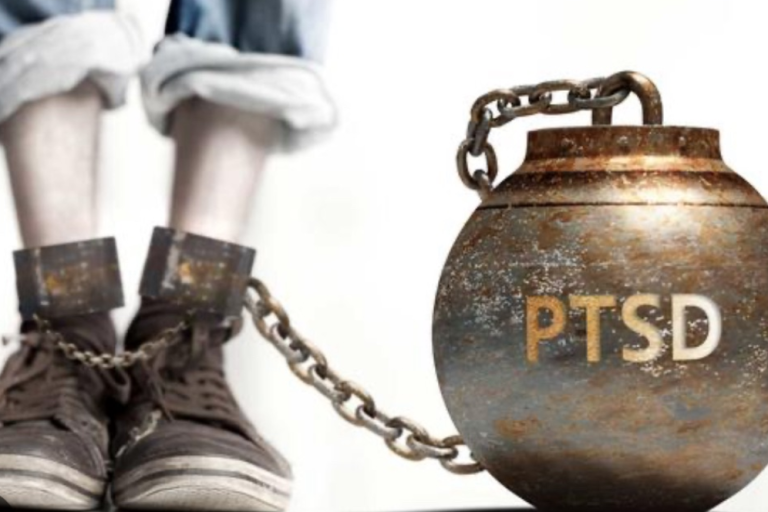
Learning to Recognise and Manage Triggers of (PTSD) Resulting from Coercive Control
This blog post explores the author's personal journey through the challenges of living with PTSD caused by coercive control. It delves into the emotional and psychological impact of dealing with police misconduct, navigating the family court system, and the ongoing struggle for justice. The author shares coping strategies, the importance of support networks, and the resilience required to heal from such trauma.

Escaping Abuse - The Truth About Phone Tracking
Discover why actual victims of abuse choose not to track their ex's phones and focus on healing. Learn about the futility of monitoring ex-partners and the importance of moving forward after escaping abusive relationships.
Comprehensive Legal Protections and Victim Rights Supported by the Police and Criminal Justice System
Achieving Best Evidence in Criminal Proceedings (ABE Guidance)
Victim Personal Statement (VPS)
Independent Domestic Violence Advisors (IDVAs)
Independent Sexual Violence Advisors (ISVAs)
Victims' Commissioner's Guidance
Citizens advice victim service
Good Practice Guide for Justice Professionals (SpLD Handbook)
Autism: A Guide for Police Officers and Staff
Counselling and Psychological Therapy Services
Organisational Support and Referral Procedures

Legal Aid and Advocacy Services
Crisis Intervention and Emergency Services
Voice of the child, police guidance
Criminal Injuries Compensation Scheme
These guidelines, policies, and support services ensure comprehensive care and protection for victims within the criminal justice system. They establish ethical standards and provide frameworks to address various victim needs, from risk assessments and psychological support to specific measures for vulnerable witnesses and victims of particular crimes. By offering detailed guidance and specialised support, they promote fairness, safety, and justice, enhancing the effectiveness and empathy of law enforcement and prosecution practices.
Dr. Ramani's
"5 Alarming Signs You're Trauma Bonded," delves into how victims form psychological attachments to their abusers through intermittent kindness and cruelty. This bond makes it challenging for victims to leave, as they feel emotionally tied to their abuser despite the harm. Dr. Ramani highlights the signs of trauma bonding to help viewers recognise these patterns in their relationships.
Signs Of Domestic Abuse
Not everyone realises they are being abused, nor do they always link their feelings to abuse. Abuse can manifest as unexplained injuries, anxiety, depression, low self-esteem, and mood swings. Behavioural signs include withdrawing from social activities, avoiding certain people or places, and changing sleep or eating habits. Recognising these signs is crucial to understanding and addressing domestic abuse.
Norah Casey's TEDx talk
Norah Casey's TEDx talk, "The Courage to Leave," shares her journey as a domestic abuse survivor. She explains why women stay in violent relationships and the courage needed to leave, outlining the phases of an abusive relationship. Drawing from her own experiences and those of other survivors, Norah provides valuable insights. She is a broadcaster, publishing entrepreneur, former Dragon on Dragons' Den, and supports budding entrepreneurs.

Additional Resources
National Helplines and Organisations
Women's Aid - Offers resources, legal advice, and support for women and children
The Mix, free information and support for under 25s in the UK – 0808 808 4994
Samaritans (24/7 service) – 116 123
Rights of Women - Provides confidential legal advice on domestic and sexual violence
Southall Black Sisters - Offers advice for Black, Asian, and African-Caribbean women
We need your consent to load the translations
We use a third-party service to translate the website content that may collect data about your activity. Please review the details in the privacy policy and accept the service to view the translations.
